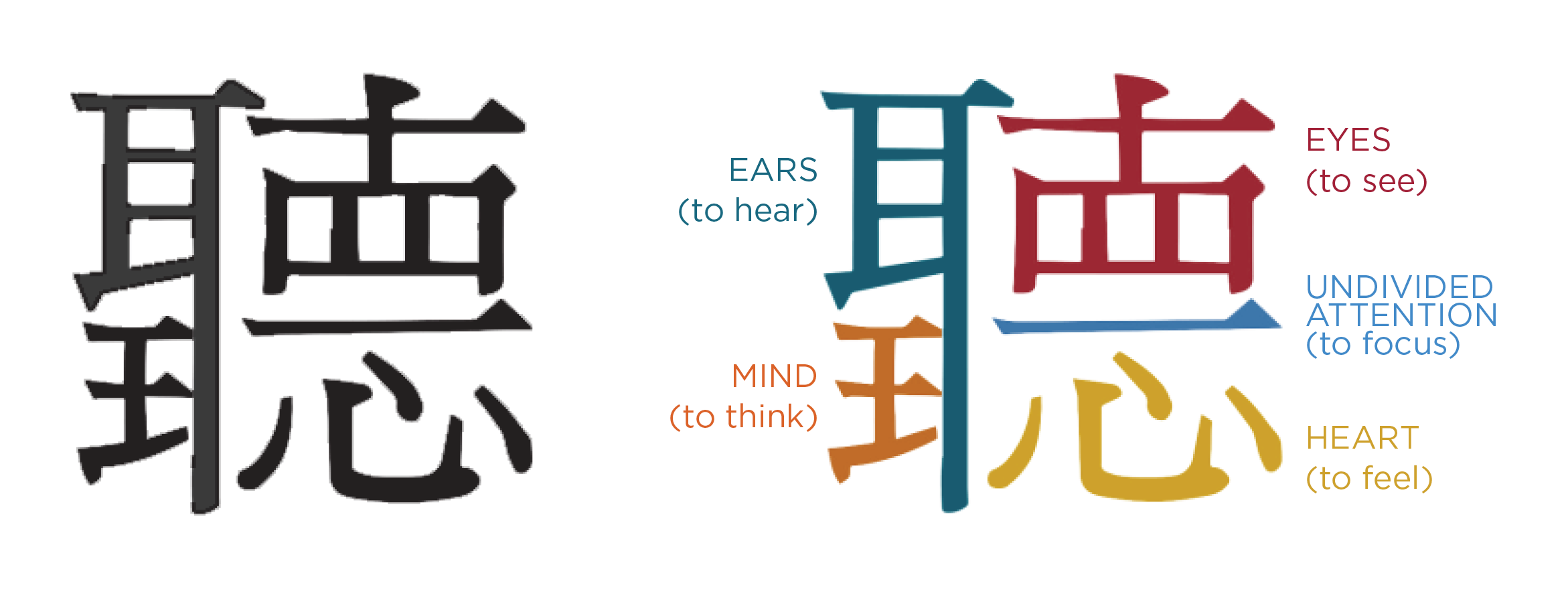We are largely shaped and defined by our networks. Understanding this is a core skill of a Network Designer.
People don’t have Ideas. Ideas have People.
We are “Monkey See. Monkey Do” in 95% of our behaviors. We are capable of Rational analysis but this is not our primary means of learning. Most of our behaviors are picked up by copying others. And as Nobel-prize winning economist Daniel Kaneman points out most of this think is the “fast” processing that bypasses the slower rational weighing of ideas.
As a result, we can say that people don’t have ideas rather ideas inhabit people much as a contagious virus does and of course those ideas travel on social networks. In the city of San Francisco, researchers grouped inhabitants into one of 5 segments based on their social connections. They found one group had five times the risk of heart disease and diabetes and all tended to eat and shop at the same places.
The Majority Illusion
Recognizing that people adjust their behaviors to those around them political campaigns beginning with Obama’s followed by Brexit and Trump have used the principle of the Majority Illusion to surround conversations with an overwhelming number of Red or Blue particpants thus creating a shift in the perception of majority opinion by any given individual – (See Mark article on Majority Illusion)
-
- Credit risk
- Political beliefs
- Health
- Body weight
- Eating habits
“You can predict credit risk based on the people you spend time with better than you can with the best tools used in banking today.”

Network Signaling
Single celled organisms can only do two things: open to food or close to poision. University of Chicago scientist John Gottman has found the same basic signaling applies in human relations. After watching a 3 minute video Gottman can predict divorce with startling accuracy. In watching a couple, he looks for the reaction when a signal is made -say a comment. If the spouse rolls their eyes in response, this would be a negative or rebuffed interaction. A ratio of 3 out of 5 rebuffs predicts breakup. Conversely, if more than 12 out 13 interactions are positive – that spells trouble too as it signals a lack of authentic communication is occurring.
Learn more by clicking here.
The Roseto Mystery and The Power of Social Networks
The Roseto effect is highly relevant to the field of Network Science, which studies complex connections and interdependencies within networks, including social networks. In Roseto, the close-knit social fabric was considered a crucial element of the inhabitants' wellbeing, implying a deep level of interconnectedness that protected community members from stress-related health issues.
Network Science provides the tools and theories to examine such phenomena more rigorously. It enables us to understand the structure and dynamics of social networks - like who is connected to whom, how influence flows through the network, and how these networks change over time. The strong ties within Roseto may have facilitated the diffusion of social support, buffering individuals from the harmful health effects of stress and encouraging healthful behaviors.
Thus, the Roseto mystery underscored the potential of Network Science to unpack the links between social structures and health outcomes. It laid the groundwork for exploring how our social networks can dramatically influence our health and wellness, inspiring future research in Network Science to delve into the intricacies of these social phenomena. By integrating concepts of Network Science, we can gain a more nuanced understanding of health determinants, paving the way for innovative, community-oriented health interventions.
What was helping Rosetans avoid disease?
| POTENTIAL CAUSE | VALID | WHY |
| Diet | No | Rosetans got 41% of their calories from fat |
| Genetics | No | Relatives in nearby towns did not show a similar hardiness |
| Exercise | No | Heavy smoking, obesity common |
| Location | No | Nearby towns had normal heart disease rates |
| Social Support | Yes | Roseto had a culture that promoted health |
.png?height=120&name=Panarchy_logo_horizontal_transparent-1%20(1).png)